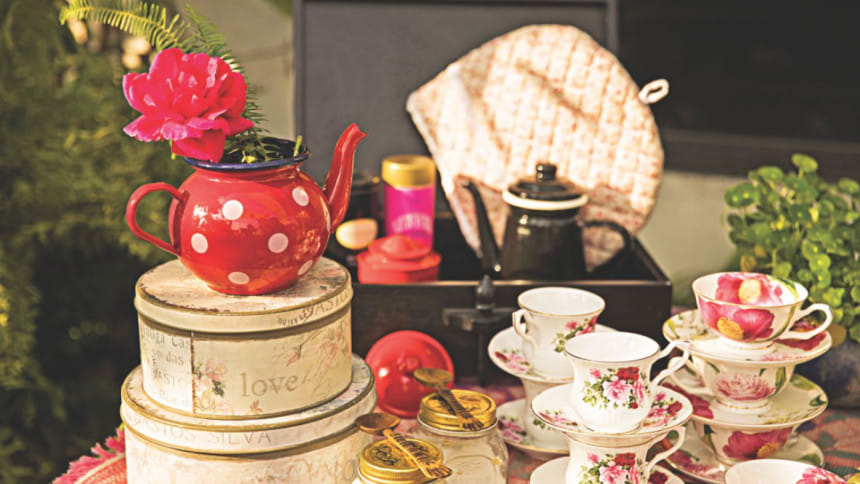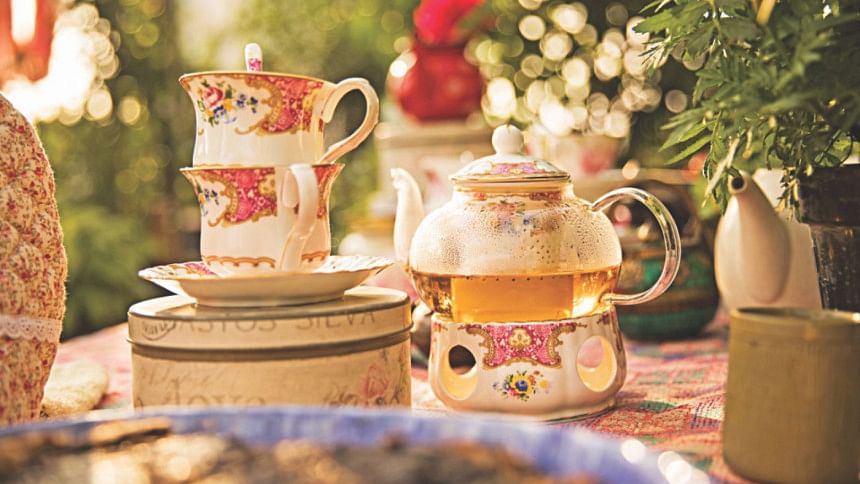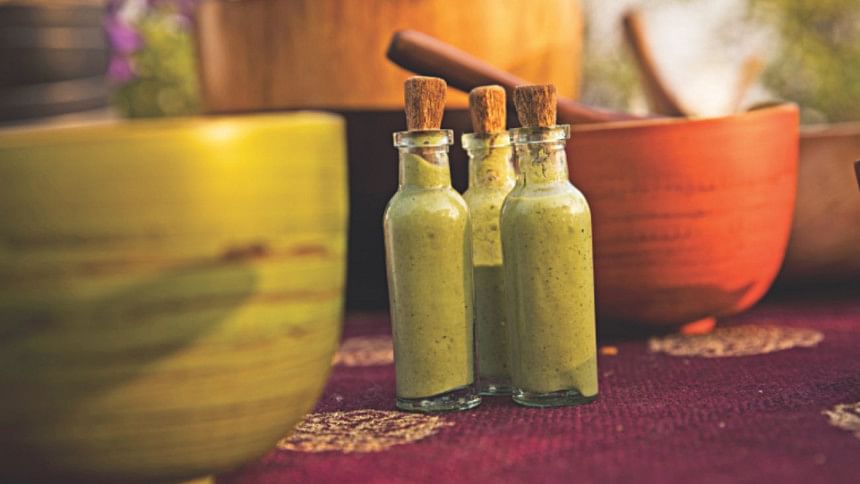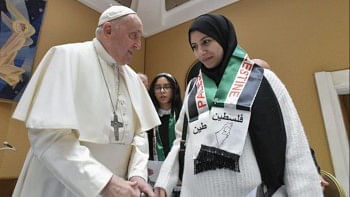The Bangla Appayon

Let us make this clearer. Although we hated being ruled by the British, some of us did become ardent fans of their lifestyle and upbringing. Hence the emergence of the many garden parties a.k.a tea parties in our subcontinent, today! But do these tea parties have to be an exact copy of the British? Not necessarily so!
BENGALI TO THE CORE
As far as historians can recall, Bengali's always loved idea of a treat – whether they were on the spectrum end of receiving it or providing. Feeding friends and family to heart's content has been a norm since time immemorial. How else would the term 'Bangalir Appayon ei Anondo' ever come into being?
The illustrious poets and litterateurs of Bengal would spend hours on their luxury boats singing, jotting down hymns, and indulging in delicacies to their hearts content – along with peers of course!
The main point of saying all these is that we can always do tea parties in our own style rather than blindly follow the international magazines, social media outlets like Pinterest, Instagram, Facebook, or even the numerous super-hit TV serials that highlight, 18th century European ideology — you know where I am going with this!

CELEBRATING IN THE BENGALI STYLE
Tea from Sylhet is famous all over the world. We have been exporting millions of tonnes, for quite a long time now. If you want facts, Bangladesh has over 160 commercial tea gardens and many of them are amongst the world's largest. Therefore, we can easily admit that we do have a significant advantage in this sector.
As for the other ingredients, a novelty cake could always be replaced by the mouth-watering jafrani payesh, cupcakes with neshesthar halwa, and fruit cakes with sugary and goja, or shahi tukra.
Some would still argue as they always have the tendency no matter how miniscule the problem — tea parties are more about the décor, the cutlery and the ambience rather than the food.
BASHON – SOLUTION TO THE CROCKERY
To the naysayers, we would definitely like to remind, that our country's ceramics and porcelain are also famous world-wide, considering both quality and design. If you were looking for a unique pattern an '80s collection of Bengal Fine Ceramics or a '90s assortment of Shinepukur or Monno should be able to outdo the cheap, online bought varieties, any day, anytime!
The famous English rose patterns can be replaced with Jamdani motifs, terracotta motifs, and so many other prints that are unique to our nation and the sub-continent.
You must be thinking it is easier said than done – a quick look around local stores like Kumudini and Aarong will provide you with solutions at one go. Plus, you can always order your own design at one of the many factories owned by local ceramic manufacturers.
How classy is that?

GHOR SHAJANO – CREATING THE PERFECT AMBIANCE
Decoration wise, there is always room for creativity, mixing and matching to get the perfect stylised look. Polka dots can be the highlight of the occasion, or antique dishes, kettles and pots in rustic metal spread on the khadi table cloth spun by 'deshi' weavers.
The theme for the parties can be the ancient riverine excursions by the elite Bengali's of the past. The table can be shaped in the form of a shampan, shawdagari, or even a simple dinghi.
If you do not have the time or the money to spend on such extravagance, simple decorations can always spice up the evening. Flower pots can showcase bouquets of anindita, dahlia, rokto joba, krishnochura, bonoful, ghashful, gada, or 100s of other variations of beautiful 'deshi' flowers. It is actually that simple!
Finally, it can be said that we do not need to imitate; we have an extremely rich cultural heritage to be able to cover up for any occasion in our own unique style. Again, not saying that it's a war between the westerners and us, but can you really recall any English tea party, catering to the salty, tangy, sour palates of the Bangladeshi? None! Right?
On the other hand, look at what we have to offer? Mouthwatering chotpoti, fuchka, jhalmuri, chanachur, and so much more!
How can anyone ever feel compete without the scrumptious South-east Asian cuisine? Given the English pudding and our famous paatishapta and over hundreds of variations of pitha, which one would you prefer?
I guess we already know the answer!
Photo: Sazzad Ibne Sayed
Food & styling: LS Desk

 For all latest news, follow The Daily Star's Google News channel.
For all latest news, follow The Daily Star's Google News channel. 



Comments